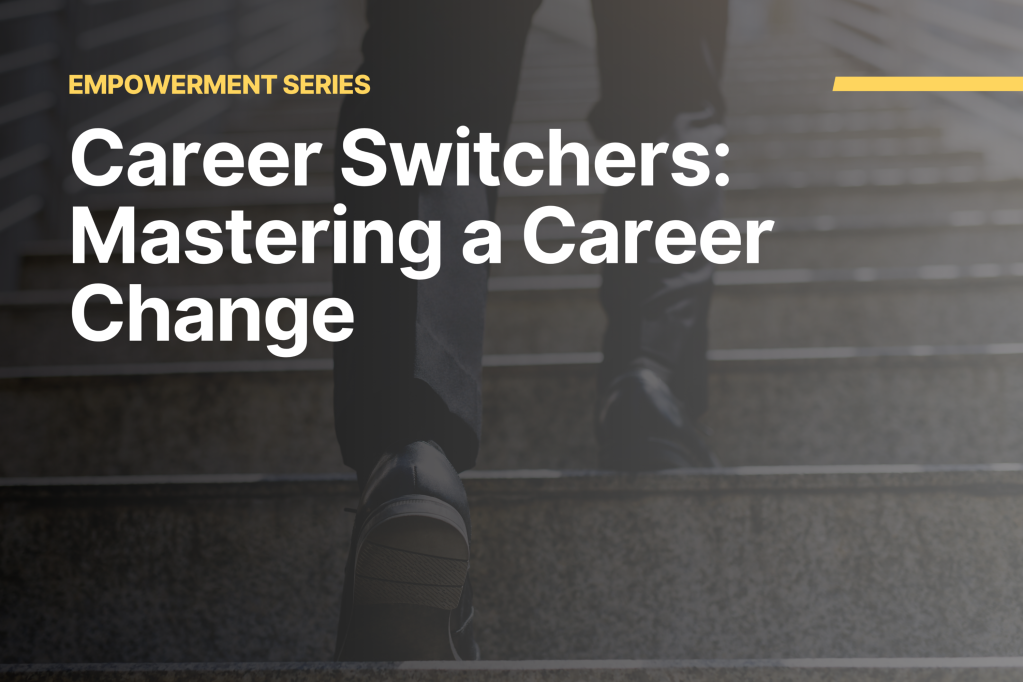As you have likely experienced first-hand, millions of things can happen in life that affect how you feel on any given day — that’s a rough estimate, of course.
For many of us, stepping into the office (virtual or in person) does not simply activate an off-switch for those thoughts, feelings, and experiences. In some cases, work even acts as a catalyst for them.
Given this reality, it’s possible that multiple forms of labor are at play in your daily life in addition to the actual labor you are expected to perform in your day-to-day work responsibilities. Unfortunately, those various forms of labor tend to overlap and intertwine with each other.
We facilitated conversations with two career experts — one with a background in mental health counseling and coaching, and another pursuing a Ph.D. in developmental psychology — to delve into the complex realm of emotional labor, discuss its impact on personal and professional well-being, and provide tips for not only surviving but also thriving amidst its challenges.
What is emotional labor?
Before consulting the experts, we thought it would be helpful to further explain the concept of emotional labor. The term was coined as early as 1983 by Sociologist Arlie Russell Hochschild in her book The Managed Heart: Commercialization of Human Feeling.
Today, emotional labor can take on many different forms. So, let’s start with two definitions from Oxford Languages (2023) that break down the concept:
1. Emotional labor: the mental activity required to manage or perform the routine tasks necessary for maintaining relationships and ensuring smooth running of a household or process, typically regarded as an unappreciated or unacknowledged burden borne disproportionately by women.
And:
2. Emotional labor: the management of one’s emotions in order to present oneself and interact with other people in a certain way while doing a job.
You’ll notice a distinction between these two definitions; one refers to life processes or household responsibilities, while the other focuses on job performance. You might even find that one resonates with you more than the other.
However they resonate, the point is this: emotional labor is ever present in our lives. Whether you feel burdened by the demands of your professional or personal life, chances are, you’re no stranger to this concept of emotional labor — and the feelings that come alongside it.
Below, you’ll find several examples of how emotional labor may manifest in your daily life, personally and professionally.
- Regulating or suppressing normal emotions to “put on a good face.”
- Altering your personality, communication style, or very presence to fit the needs or expectations of others.
- Internalizing traumatic experiences that have a reasonable impact on daily life.
- Providing support and empathy to others, or taking on burdensome work to alleviate their struggle.
- Mediating tense situations, conflicts, and other complex social dynamics to foster a peaceful social or professional landscape.
There are many areas of crossover when it comes to emotional labor — both as it applies to career and your personal life. The effects that this can take on your physical, emotional, and psychological well-being are substantial.
Now that you understand how emotional labor might manifest itself in your personal and professional journey, it’s imperative that you know how to identify and address those emotions within yourself — the consulted experts do a great job of connecting those dots.
Exploring intersections: Experts discuss emotional labor, career, and what lies between
As we discussed the topic of emotional labor with Caitlin Magidson, a seasoned therapist, life coach, and career mentor, and Lindsey Dickson, a career coach with personal and educational ties to behavioral and mental health, we discovered a trend. Magidson illustrates it below:
“When we talk about mental health in general, it’s [about] how you power thoughts. [Ask yourself] What are the feelings and sensations that come up in my body, and what are the behaviors and actions I notice in myself? If you notice that you’re just scrolling social media for 5 hours after work because you’re so stressed, that might be a sign that something doesn’t feel good,” she explains.


Magidson’s point does not come without its fair share of experience and context. She has a master’s degree in mental health counseling from Johns Hopkins University, several certifications and years of experience as a career coach, and private practice experience working with individuals on therapy and coaching.
Dickson agrees, noting the downsides of working through emotionally laborious situations. “If your mental health isn’t in a good place, then the performance at work isn’t going to be optimal.”
Hear from Magidson and Dickson in their own words as they navigate this topic of emotional labor as it pertains to your career and beyond.










